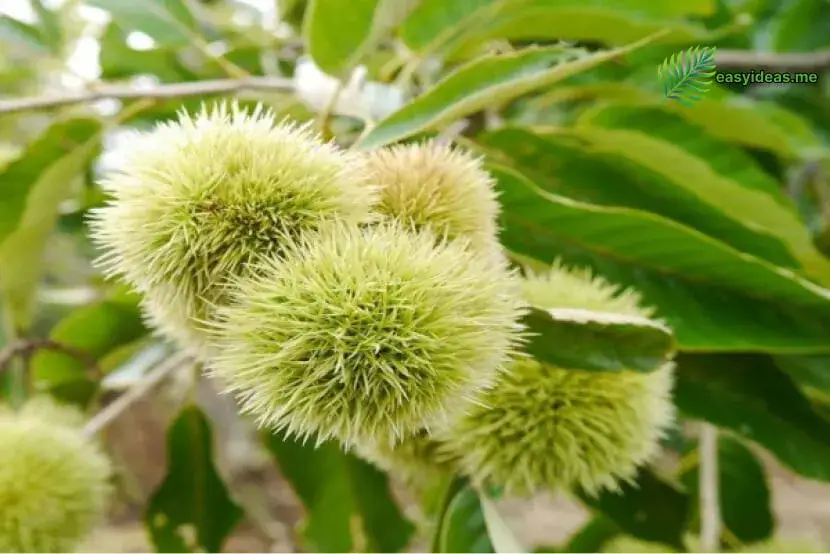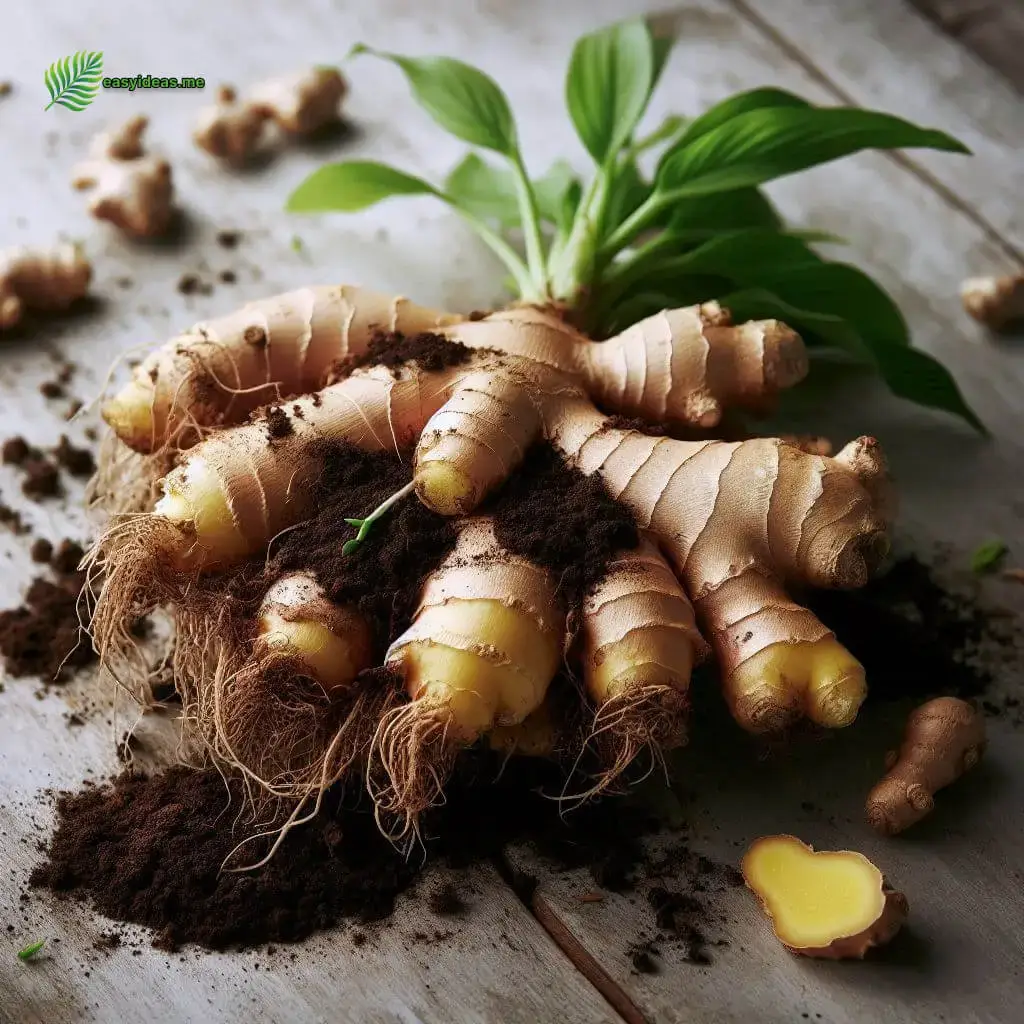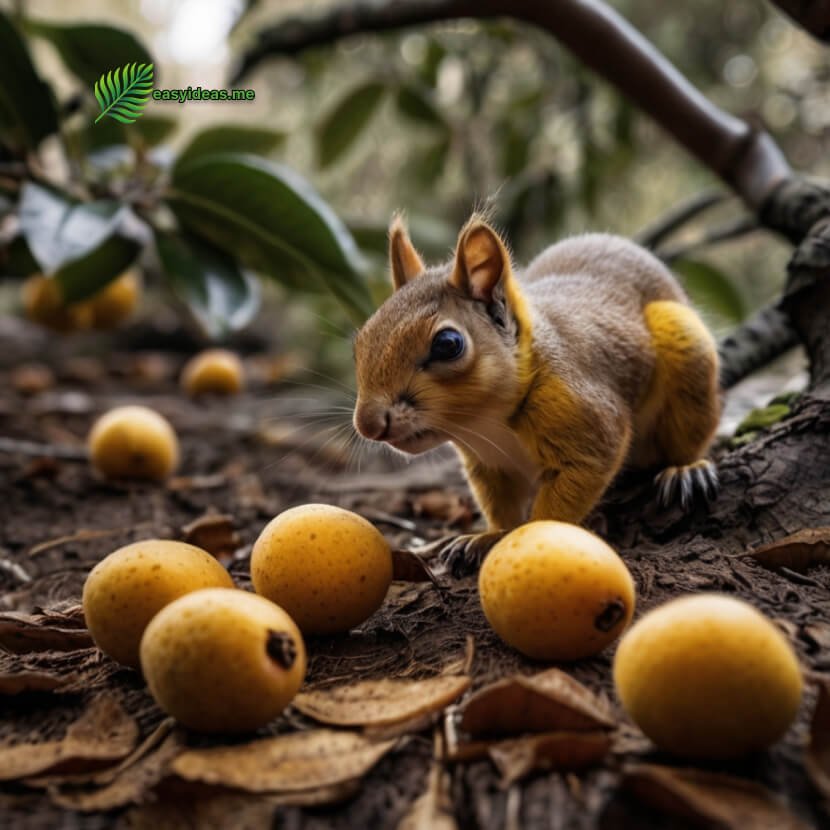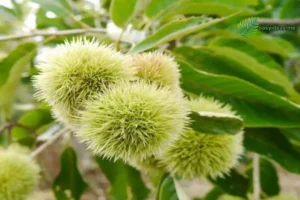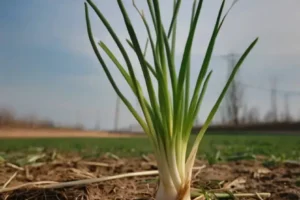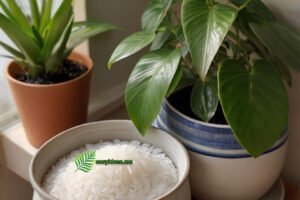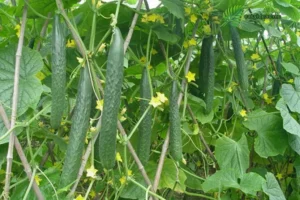Chestnuts have a crisp texture and a rich aroma when roasted, making them highly favored by many consumers. Fertilization is crucial during the cultivation of chestnuts, as it directly affects both the yield and quality of the chestnuts. Below, Easyideas.me will introduce the timing and methods of fertilization for chestnuts. Let’s take a look together.
Fertilization Timing for Chestnuts
Chestnut tree new roots begin to grow from early July until leaf fall stops. The best time for additional fertilization is from late July to early August when rainfall is most abundant. This is because it takes about a month for fertilizer to fully take effect. In late August, the chestnut shells begin to swell, and in September, just before the nuts fall, the kernels gain weight rapidly and require the most fertilizer.
Fertilization Methods
- Ring Trench Base Fertilization Method: This method involves digging a circular trench 20-30 centimeters outside the canopy of the chestnut tree. The trench should be 40-50 centimeters wide and 50-60 centimeters deep. After digging the trench, organic fertilizer and inorganic fertilizer, mixed in a ratio of 1:3, are added and evenly mixed before filling the trench. Then, it is covered and leveled. This method is simple, cost-effective, but suitable for young trees or densely planted young trees that are transplanted with pits. However, attention should be paid to minimizing root damage.
- Strip Trench Base Fertilization Method: In this method, trenches about 50-60 centimeters wide and 40-60 centimeters deep are dug between rows or between trees, and the length of the trench depends on the size of the canopy. Organic fertilizer and surface soil are mixed and filled into the trench, then covered with soil and distributed within the tree disk. The following year, the fertilization trench can be moved to the other side, gradually expanding outward each year until the entire orchard is covered. This method is suitable for dense orchards when applying base fertilizer.
- Radiation Trench Base Fertilization Method: This method starts about 1 meter from the base of the tree trunk. Three to four trenches are dug radially from the trunk, with a depth of 20-50 centimeters, width of 40-60 centimeters, and length exceeding the outer edge of the canopy. The trenches gradually deepen from inside to outside to reduce root damage, and the trench position should be changed annually. This method causes less root damage and has a larger fertilization area, making it suitable for mature chestnut orchards during the fruiting period, preferably after rainfall or irrigation. However, this method can be inconvenient in orchards with low tree density and may risk damaging larger roots.
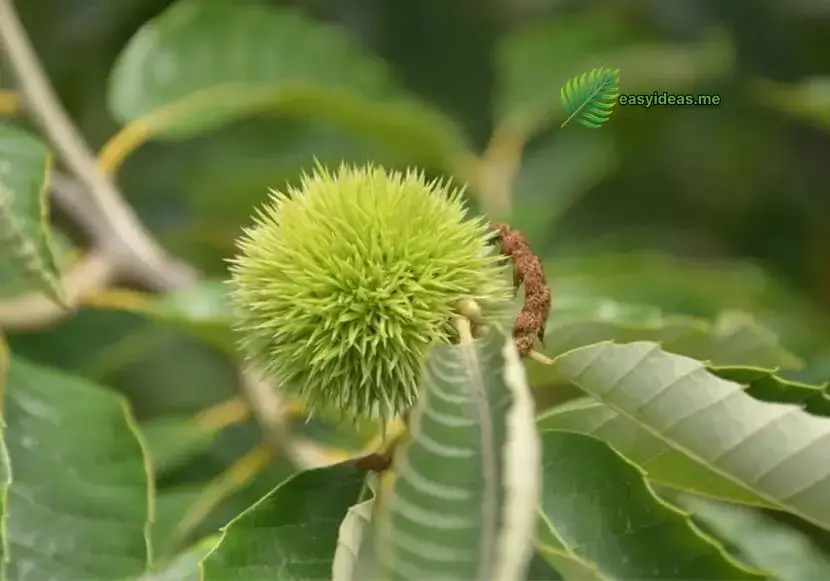
Precautions
- Fertilization Preparation: Fertilization is an important part of planting chestnut trees. Before planting seedlings, it’s essential to dig pits and add well-rotted farmyard manure as base fertilizer to increase soil fertility and lay the foundation for subsequent management of chestnut trees.
- Post-Harvest Fertilization: Within one month after chestnut harvest, spraying 0.3%~0.5% urea solution + 0.1%~0.3% potassium dihydrogen phosphate solution once can help increase the storage of nutrients in chestnut trees.
High-Yield Cultivation
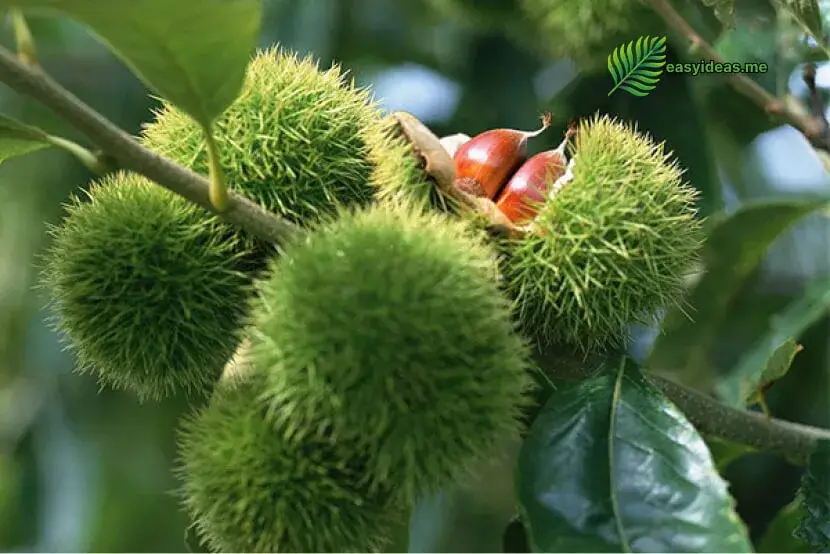
- Grafting of Superior Varieties: During dormancy, select vigorous branches of excellent varieties, remove underdeveloped parts, store in sand or wax, and graft 20 days after seedling germination. Double tongue grafting is suitable for scions and rootstocks of similar thickness, while bark grafting, budding, or side veneer grafting are suitable for thicker rootstocks. Smooth grafting surfaces, proper alignment, and tight binding are essential. After grafting, timely support with wind stakes, weeding, fertilization, watering, loosening, and re-grafting should be done. By the end of the year, the grafts should have a diameter of at least 1.5 cm and a height of over 90 cm, with the main lateral roots extending at least 20 cm.
- Dense Planting: Planting should occur after leaf fall or before sprouting, with a spacing of 2m × 3m between rows. Dig a hole 60cm deep and 80cm wide before planting, and mix the bottom and topsoil, then refill the bottom of the hole with the mixed organic fertilizer. After spreading out the root system of the grafted seedlings, backfill the soil, compact it, water it, and seal the soil after planting, with the root collar slightly above the ground. Planting density should be adjusted according to local conditions: sparse planting is suitable for flat land, dense planting for mountainous areas, sparse planting for seedlings, and dense planting for grafted trees.
- Thinning Flowers and Fruits: In years with many flower clusters on fruit-bearing branches, thinning flowers is necessary. Excessive female flowers can lead to increased empty shells due to inadequate nutrition. It’s advisable to thin early rather than late, keeping 1-3 female flower clusters per fruiting branch, retaining large and high-quality flowers at the bottom of the fruiting branch, and removing small flowers that develop later. When thinning fruits, aim for a size between a soybean and a corn kernel, leaving 2-3 fruits when the fruiting branch is over 35cm long, 1-2 fruits when it’s 20-30cm long, and only 1 fruit for weak branches. More fruits should be left on the outer edges of the canopy and fewer in the inner part.
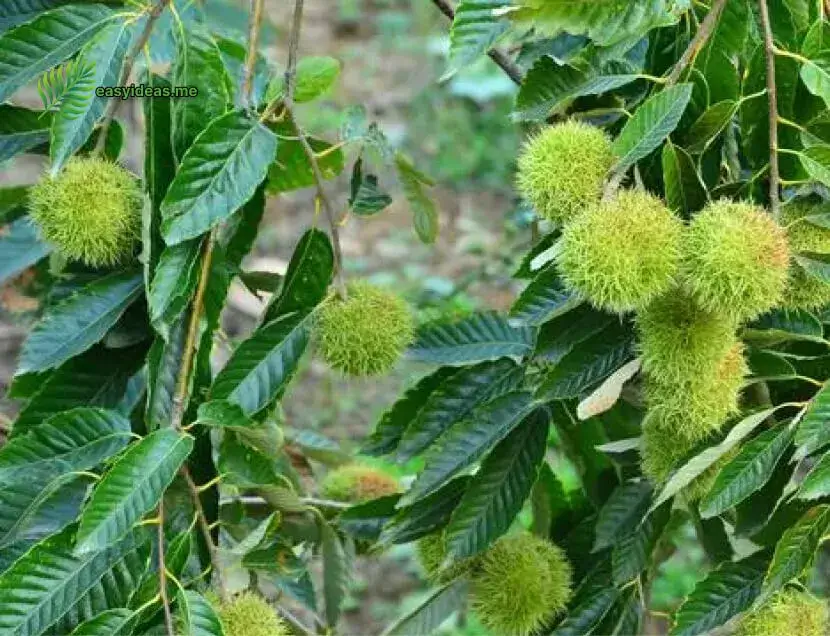
These are the fertilization timing and methods for chestnuts. Base fertilizer for chestnuts mainly consists of organic fertilizers such as stable manure, compost, green manure, and ash. Applying base fertilizer to chestnut trees can increase tree reserves, promote flower bud differentiation, and facilitate the formation of female flowers. Generally, base fertilization is combined with deep tillage after fruit picking.

